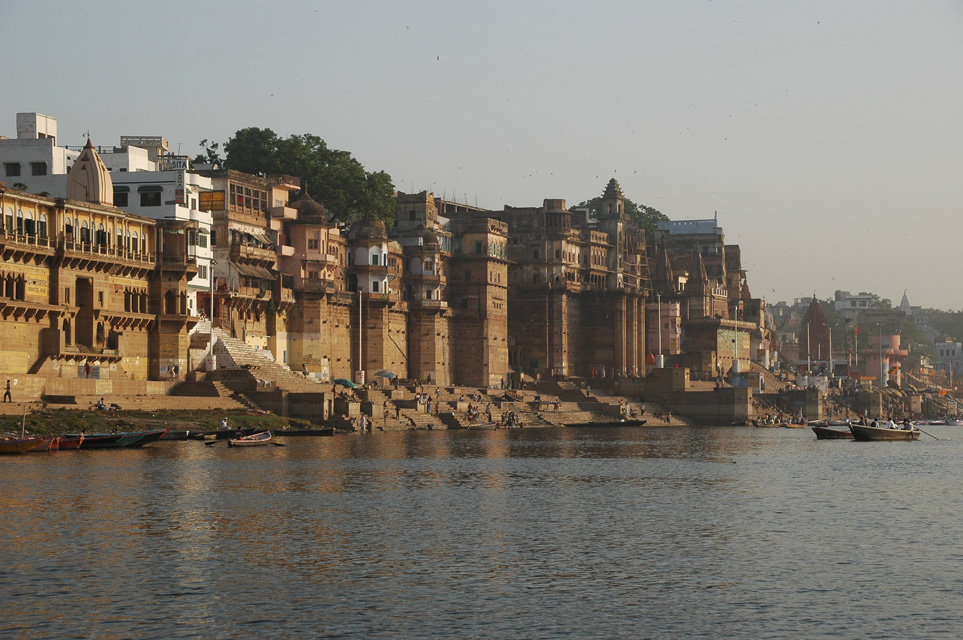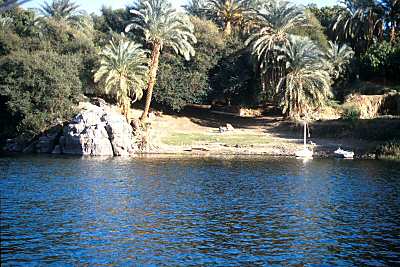The Great Belt Fixed Link is the fixed link between the Danish islands of Zealand and Funen across theGreat Belt. It consists of a road suspension bridge and railway tunnel between Zealand and the island Sprogø, as well as a box girder bridge between Sprogø and Funen. The "Great Belt Bridge" commonly refers to the suspension bridge, although it may also be used to mean the beam bridge or the link in its entirety. The suspension bridge, known as the East Bridge, has the world's third longest main span (1.6 km), and the longest outside of Asia. It was designed by the Danish architectural practice Dissing+Weitling.
The link replaces the ferry service which had been the primary means of crossing the Great Belt. After more than five decades of speculation and debate, the decision to construct the link was made in 1986;while the original intent was to complete the railway link three years before opening the road connection, the link was opened to rail traffic in 1997 and road traffic in 1998. At an estimated cost of DKK 21.4 billion (1988 prices), the link is the largest construction project in Danish history.
Operation & maintenance of the link is performed byA/S Storebælt under Sund & Bælt. Construction and maintenance are financed by tolls on vehicles and trains.
The link has reduced travel times significantly; previously taking about an hour by ferry, the Great Belt can now be crossed in about 10 minutes. The construction of the Great Belt Fixed Link and the Øresund Bridge have, together, enabled one to drive from mainland Europe to Sweden and the rest of Scandinavia through Denmark, providing an alternative to the significantly longer land route through Finland. Cyclists are not permitted to use the bridge. They have to catch a train or bus.














